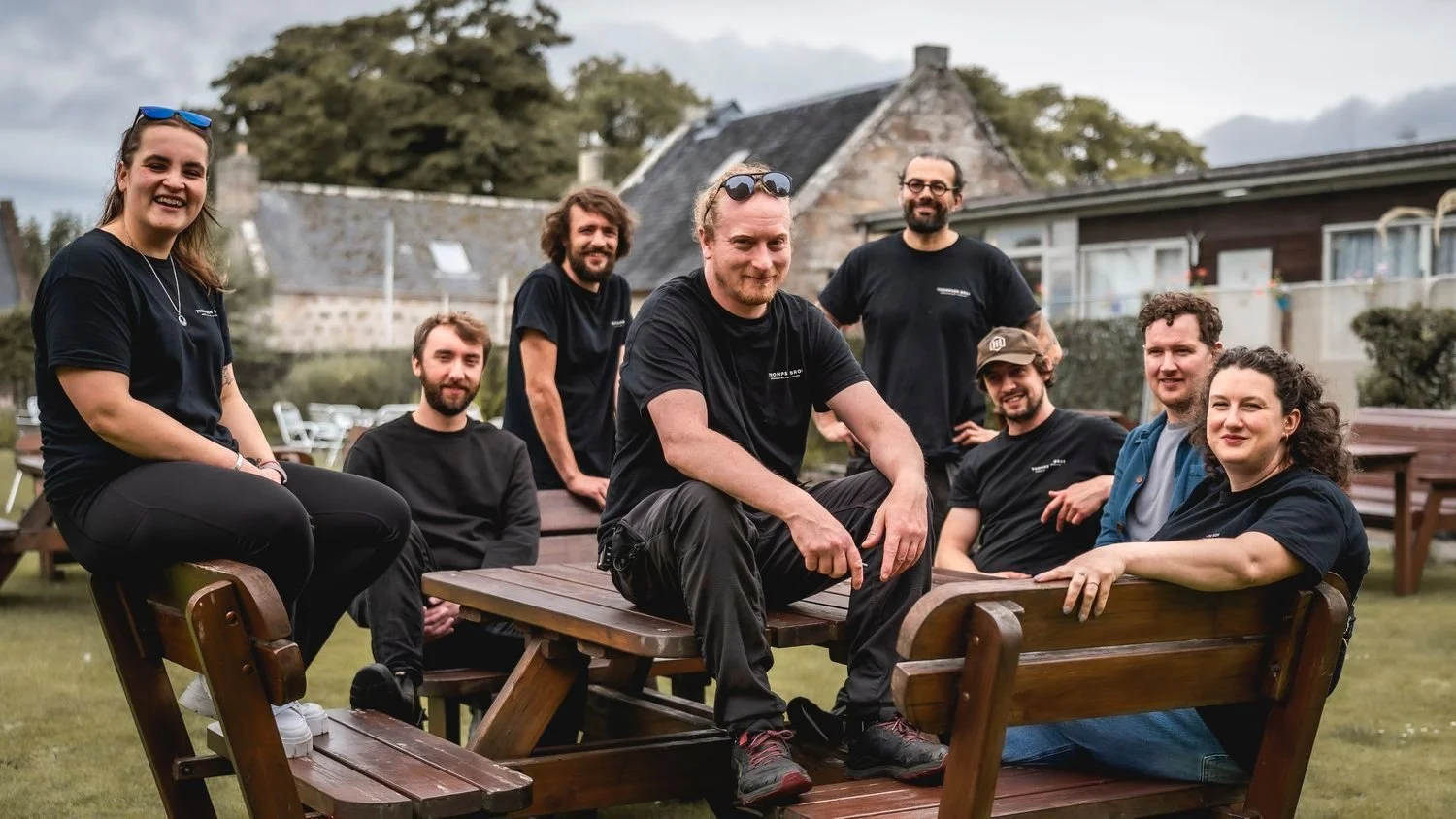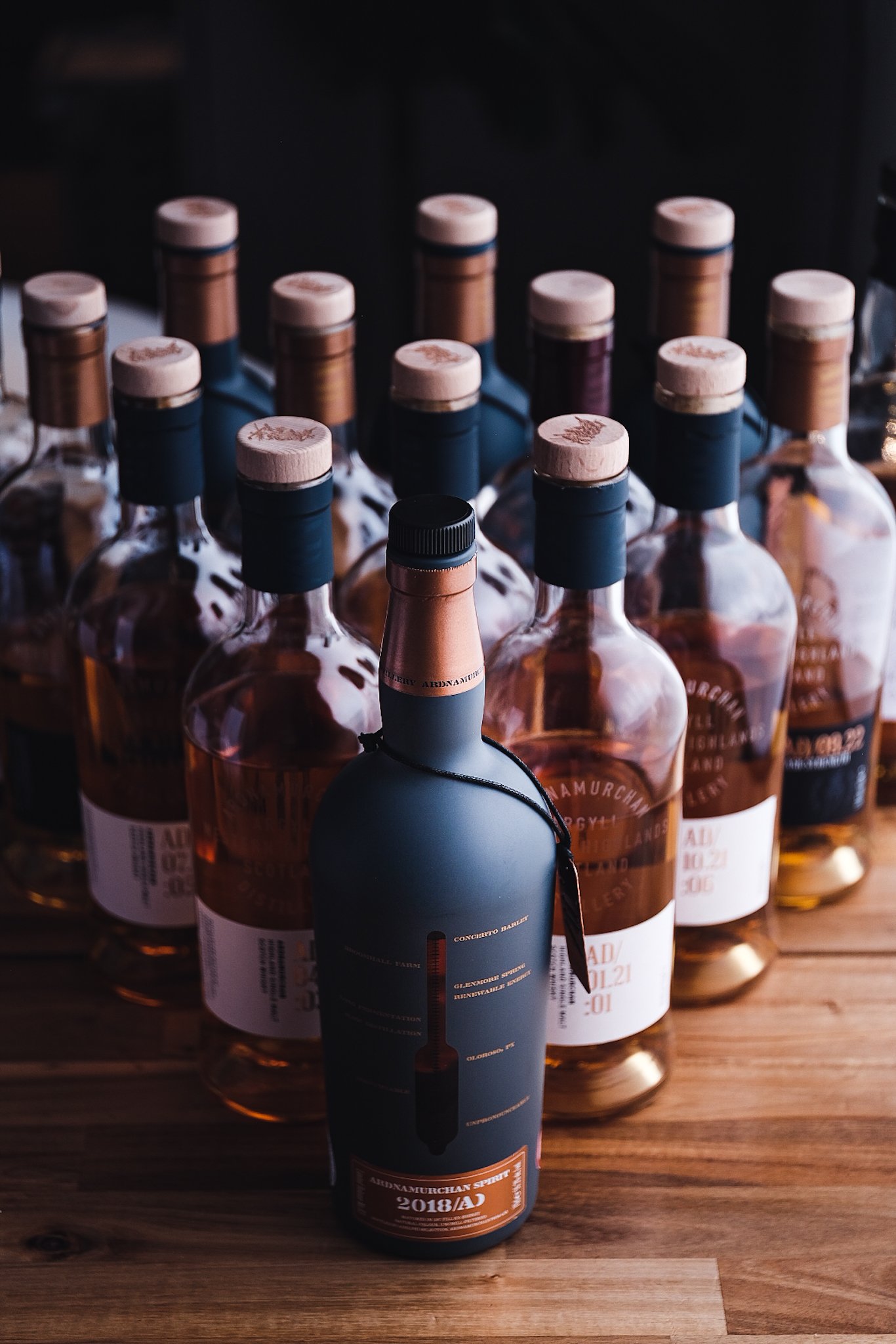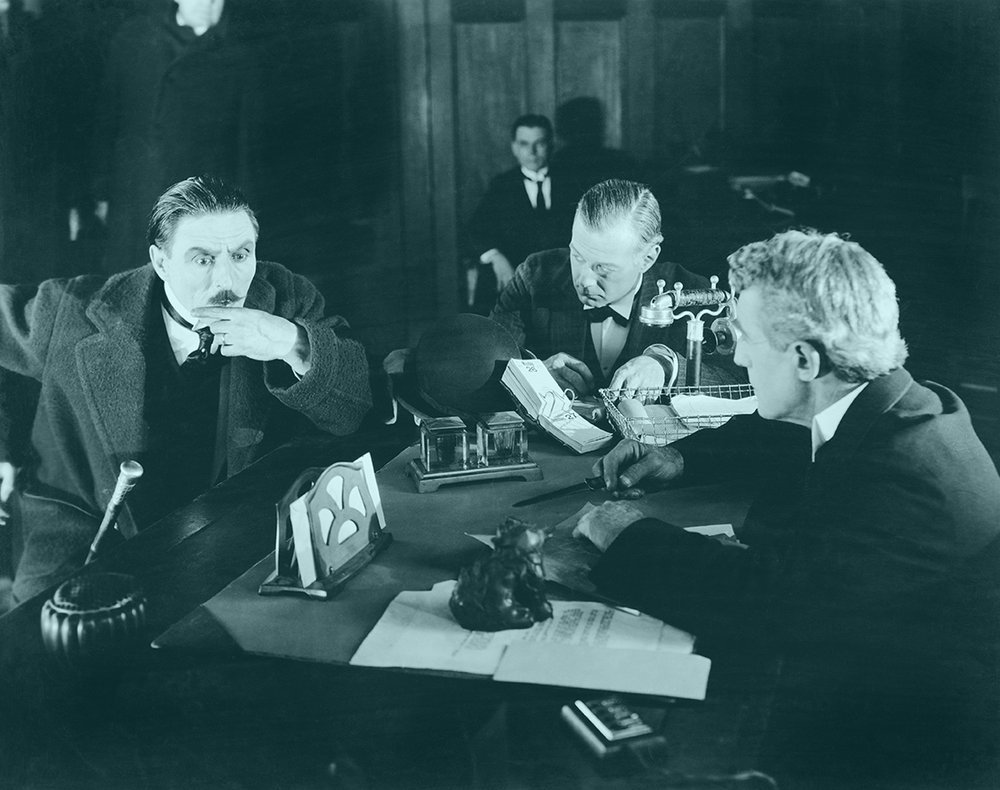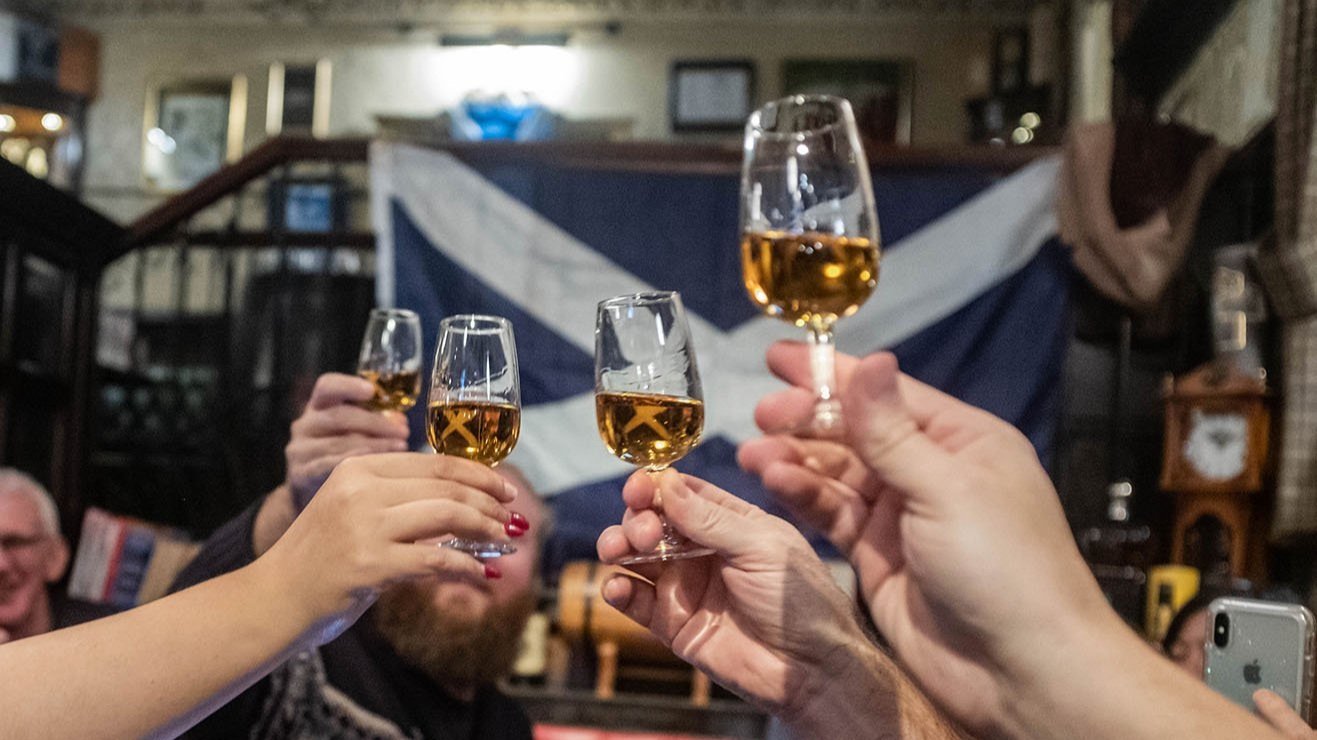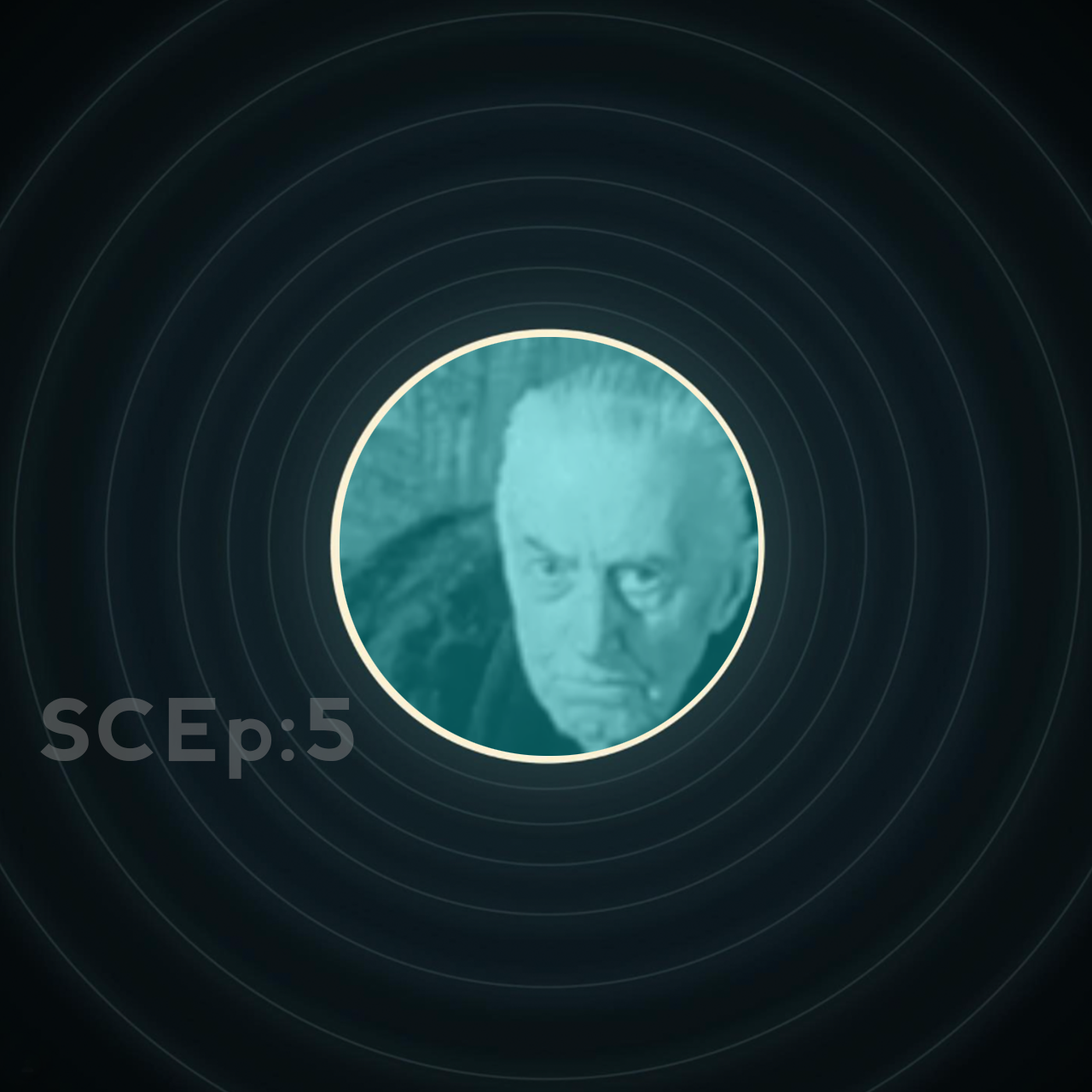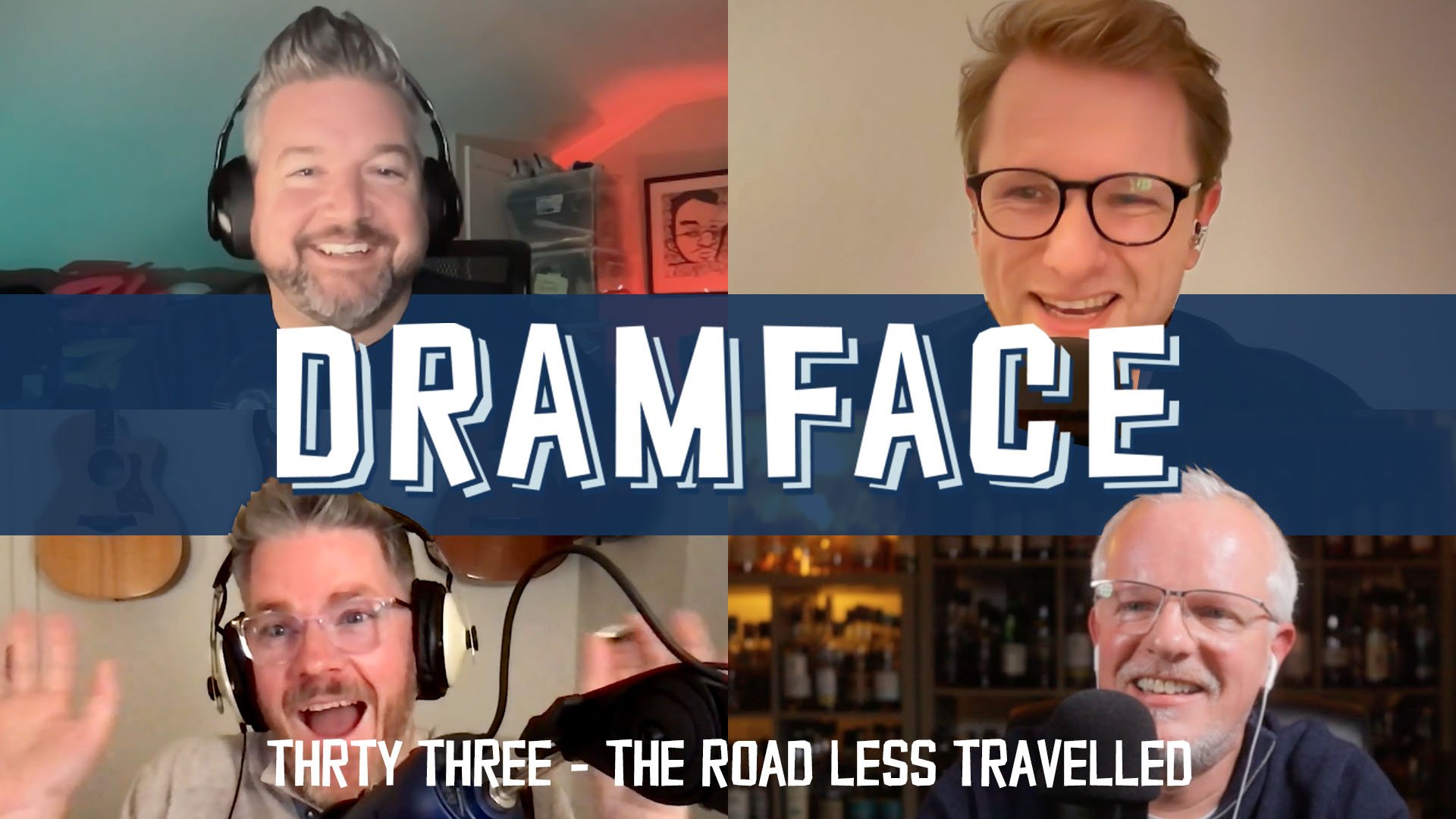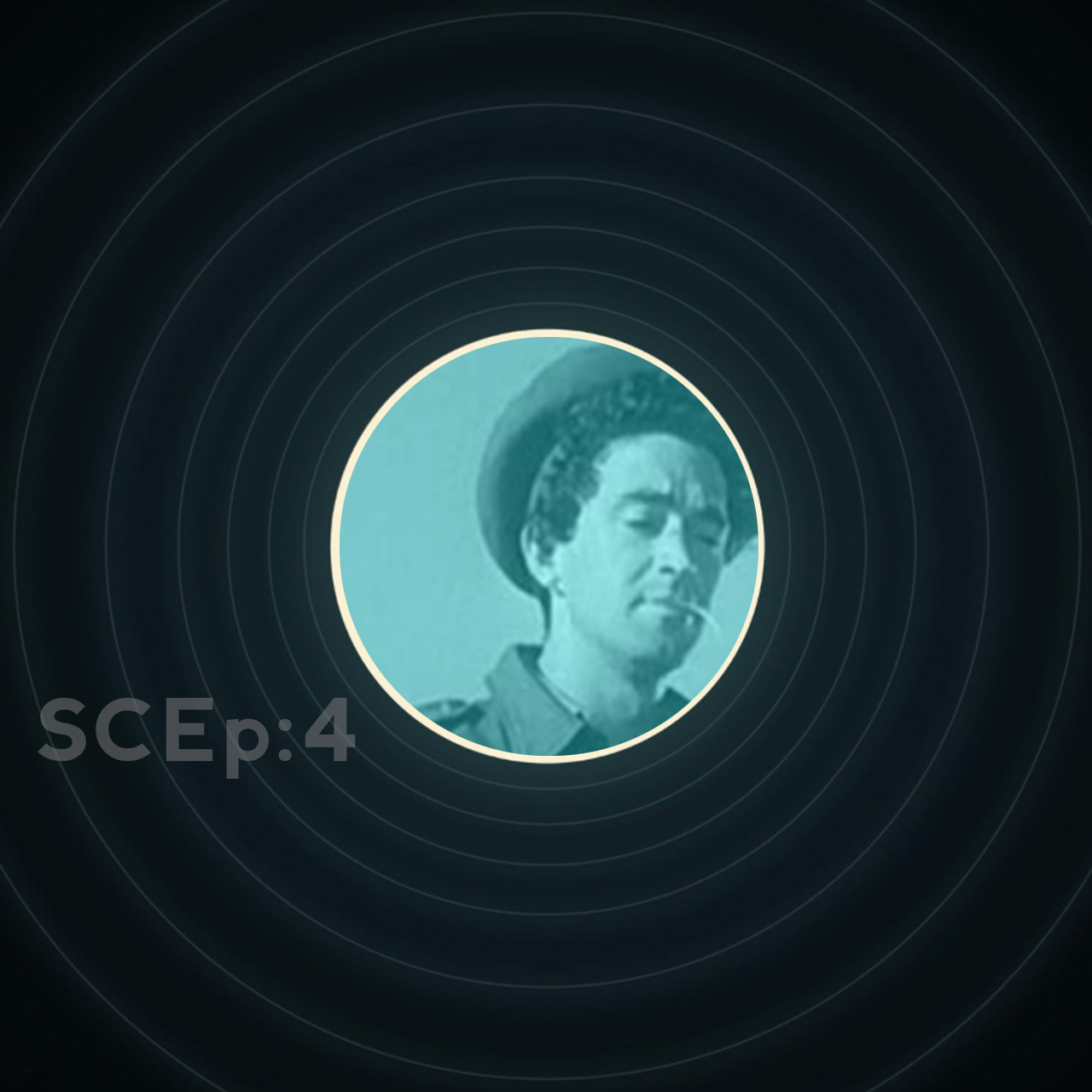Laphroaig 16yo
Official Bottling | 48% ABV
Score: 7/10
Very Good Indeed.
TL;DR
A mellower, more restrained take on Laphroaig
Tasting everything you shouldn’t
A couple of weeks ago, I was drinking whisky with my brother, when we got into a conversation about tasting notes. We were on holiday in Cornwall and I’d poured us both a dram.
The two of us holiday together most summers, and I usually take a few bottles of single malt with me. We’re lucky because my parents have a house in Cornwall, so we get to visit a few times a year. It’s not a particularly big place, so having myself, my parents, my brother and our children – plus four dogs – all under one roof, can feel pretty crowded. Even so, it’s a good opportunity to spend time with each other. There’s something about the three generations of us, all coming together, that feels pretty special.
One of the things that I always notice, when I’m in Cornwall - or anywhere that’s rural, for that matter - is just how much more I engage with the whisky in my glass. I live in the West Midlands – that conurbation of clogged arterial routes and tangled motorways at the heart of England – and life can get pretty frantic. Sometimes, as in any built up environment, it’s easy to lose yourself and get swept away in the general pace of it all.
Cornwall, on the other hand, is decidedly bucolic. If you’ve ever seen the TV show ‘Doc Martin’, then the village that we stay in is about a ten minute drive from where it’s filmed. I say ‘village’, but to call it a village is really to over exaggerate the scale of it. It’s basically a cluster of about ten or twelve houses, at the bottom of a winding single track lane, beyond which lies a patchwork of fields; which slope down to a gorse-flecked valley, which in turn opens onto the Atlantic.
I enjoy whisky wherever I am, but we all know that context – the environment we’re in and the people that we’re with – plays a huge part in how we engage with it. Sitting in my parents’ slate-hewn fisherman’s cottage, with its impossibly low door frames, its stone floors and its open fires, whisky just makes more sense. Then again, so does playing the guitar, and reading, and going for walks, and writing. Sometimes, we have to get out of our everyday environments in order to remind ourselves of who we really are, and of the things that really matter to us.
On this occasion, I’d poured a dram for both myself and my brother. It was raining outside – a mizzling, slate grey rain that had blown in off the sea – and despite the fact that it was August, we’d lit the wood burner. The whisky that I’d poured was an indy Blair Athol, which is something of a fruit bomb. The second that my brother tasted it, his eyes lit up. “Wow!” he said, staring into the glass and shaking his head slowly. “It tastes of oranges.”
It's worth saying at this point that my brother isn’t a whisky enthusiast. He’s big into his real ales – he’s worked in the pub industry for much of his life and has been involved in the setting up a brewery, so he has a decent palate. When it comes to whisky, though, he’s fairly indifferent. He’ll always say yes, if you offer him a dram, but he probably wouldn’t buy a bottle. Certainly, he wouldn’t spend the sort of money on whisky that us whisky geeks tend to spend.
Hearing him comment on a specific tasting note then, came as something of a surprise. As I said, the Blair Athol we were drinking is decidedly fruity, so the orange he’d mentioned chimed with my own tasting notes. Anyway, seeing as he’d mentioned it, I figured I’d give him my own take on it. There’s one very specific note that I get from this Blair Athol and it’s a note that I’ve picked out in various whiskies over the years, particularly bourbon matured whiskies. That note is strawberry-scented pencil eraser.
Now, you may well be thinking ‘how can you pick out strawberry-scented pencil eraser – something that you’ve never actually tasted – on the palate of a whisky?’ Because let’s be honest, it does sound far-fetched. I don’t think I’ve actually owned a strawberry-scented pencil eraser since junior school, so in picking out that note, I’m drawing on a memory that’s over three decades old. And yet, that’s what I get when I taste certain whiskies. Not on the nose, either, but on the palate. Like I said, it’s a tasting note that I’ve found several times now, over many years and in a number of different drams.
Of course, the second that I said it out loud, I felt like I’d just qualified for the Most Pretentious Tasting Note of the Year Award. Saying that you can taste strawberry-scented pencil eraser in a glass of whisky, to somebody who doesn’t spend their spare time deconstructing whisky, makes you sound like you’re trying to be clever. Fortunately, my brother didn’t baulk at it.
The reason that I’m telling this story is because that conversation got me thinking. Specifically, it got me thinking about some of the flavours that we find in whisky that we really shouldn’t find in whisky, and the ways in which whisky often acts as a sort of glue that has the potential to bring taste, smell and memory together. It got me thinking about other things that I taste in whisky that I’ve never actually tasted. And believe me, there are lots of them, many of them a lot more leftfield than strawberry-scented pencil eraser.
Take, for instance, some of the flavours that we typically associate with heavily peated Islay whiskies. Our palates are very much based on our individual frames of reference, of course, but I think that if I told a fellow whisky enthusiast that I often taste the cold embers of a bonfire in a dram of Ardbeg, they’d understand where I was coming from, despite the fact that the cold embers of a bonfire are something that most of us have never tasted.
In much the same vein, I also get rock pools in Glen Scotia. I’ve never licked the face of a freshly tide-washed rock, but my first taste of Glen Scotia was evocative of precisely that. I knew exactly what I was tasting, the second that I tasted it. Put simply, the whisky allowed me to bridge the gap between a familiar smell, and a brand new flavour, and my brain subsequently joined the dots.
I could go on, as there are many flavours in whisky that we all know and accept, but which we’ve actually never tasted, and which are based on points of reference that are not even linked to that particular sense. Many of them are in the whisky lexicon: petrichor, dunnage, sulphur, gunpowder, farmyard, ash, leather armchair, industrial smoke, minerality, candle wax, furniture polish…these are all flavours that, at some point or another, I’ve managed to find in a glass of whisky.
Clearly this is because our sense of smell and taste are interdependent. I’m not a scientist, so I’ll stop short of attempting to explain it, but it’s obvious to me that smell, taste – and memory – have a very close relationship. Throw a good dram of whisky into the mix, and those three things often come together in a way that blurs the lines between them.
The whisky that I’m going to review here isn’t the Blair Athol that I mentioned, but it’s certainly synonymous with tasting notes that relate to things that one should never taste. In fact, if there’s one distillery that has the power to blur the line between smell and taste, I believe it’s this one. An official ad campaign a few years ago, led with the slogan “Like Licking a Peat Stove’s Ashtray.”
I’m talking, of course, about Laphroaig. One of the giants of Islay. The whisky that I’m going to review is their 16yo, a bottle that I picked up last year and which I’ve been steadily working my way through ever since.
Review
Laphroaig 16yo, Official bottling, 48% ABV
£85 and generally widely available.
Released in September 2019, this Laphroaig was originally an Amazon exclusive, but has since become more widely available and can now be picked up from all the usual retailers. Although it’s marketed as a small batch occasional release, it seems to be readily available – certainly there’s no shortage of it here in the UK. Bottled at 48%, it comes in anywhere between about £85 - £95.
There’s no information on the bottle about whether it’s natural colour or not, but having done a bit of digging, it appears that it is. However, as always, if it’s not written on the bottle, then we can’t be sure. The text on the back label talks about how the ex-bourbon barrels it was matured in have imparted ‘a bright gold colour.’ Why they can’t just stick the words ‘No Added Colour’ on there, so that we can be absolutely certain, I have no idea.
Still, at least we know it’s non-chill filtered. Bottled as it is at 48%, we know that all those fatty acids – and the mouthfeel that, I believe, they contribute to a whisky – remain intact.
Score: 7/10
Very Good Indeed.
TL;DR
A mellower, more restrained take on Laphroaig
Nose
Initially quite sweet. I get white grape, green apple and a little pear. The smoke is there, as is a tarry, coastal note, but the medicinal notes that I’ve come to associate with Laphroaig don’t seem to be putting in an appearance. There’s also some icing sugar, some Indian ink, some pencil lead and a little white wine, along with some sweet smoked meats. Whilst it’s not complex, it isn’t spirit-forward either, so in that regard, I’d say that it noses like an older whisky.
Palate
One of the things that I’ve always picked up on younger Laphroaig is a nuttiness, and that nuttiness remains intact in their 16yo. Specifically, I get peanuts, and even some peanut brittle. The icing sugar that I picked up on the nose is there too, as is the Indian ink I mentioned. I also get some fruits – some apple, some pear, and maybe even some lychees.
There’s also that tarriness that I got on the nose; I’ve heard people refer to old rope when talking about Laphroaig. Perhaps it’s the power of suggestion, but I definitely get a bit of that. I remember when I was kid, often seeing tar on the beach when we visited Cornwall. As weird as it sounds, it puts me in mind of that.
That’s not a criticism, by the way. Like I said earlier, there are many things that we find in whisky that should be alien to our palates, and Laphroaig is one of those whiskies that’s synonymous, in my mind at least, with non-edible tasting notes. That said, those medicinal notes that I’ve come to associate with the distillery don’t really show up here. It’s coastal, rather than medicinal.
As for the smoke, it’s there, but it’s a lot more integrated than on the younger Laphroaig I’ve tasted. To my palate, young peated whiskies always have a green note to them, like burning leaves. The smoke here isn’t that sort of smoke. Rather, it’s the sort of smoke you might smell on your clothes, after a night sitting around a campfire. Consequently, some of the more subtle notes – the fruits that I mentioned – are able to shine a bit more.
As for the finish, I get some bitter tannins and some smoked meats. The finish is decent and the mouthfeel is medium.
The Dregs
When I cast my mind back to some of the game changing moments that I’ve had with whisky, Laphroaig is one of those distilleries that always stands out.
The first Laphroaig I ever tried was their regular 10yo. I was in a pub, and they had a bottle behind the bar. Because I’d heard of it, and because I already knew that I liked peated whisky, I decided to buy a dram.
I can still remember my first taste of that 10yo. To call it an assault on the senses would be an understatement. It was Germolene, and bandages, and TCP, and the smell you get when you put your nose into a first aid kit; in other words, all those things that you’ve never tasted, but which you instinctively recognise as flavours the second that you do taste them. It should have been unpalatable. But I loved it.
This 16yo doesn’t pack the punch of some of the younger Laphroaig that I’ve tried since that initial encounter with their 10yo. Nor does it come cheap. Even so, I think it’s decent, for the money. When you consider that Kilchoman recently released a 16yo expression at £200, this Laphroaig looks like a solid buy. In fact, the only other readily available 16 year old OB Islay whisky that I can think of, which retails for under £100 nowadays, is Lagavulin’s 16yo. And that’s bottled at 43%.
The only fly in the ointment is Laphroaig’s recently released 18yo expression, which retails for £150 - £175. Call me cynical, but it struck me that it could be that the 16yo’s days are numbered – or worse, that it’s due to jump up in price. I have no knowledge as to whether this is the case or not, but let’s face it, when you consider some of the blatant profiteering that we’ve witnessed over the last few years, it wouldn’t come as a surprise.
This is all conjecture, though. For now, this expression remains available and affordable, so let’s not worry about it. Somewhat mellower than its rambunctious younger sibling, the Quarter Cask – and significantly cheaper than many of the indy Laphroaigs of a similar age – this a solid buy.
In fact, if you’re interested in trying an official, older, properly presented Islay whisky from a cult distillery, and you don’t want to break the bank, then in 2024, it may well be your best option.
Score: 7/10
Tried this? Share your thoughts in the comments below. FMc
-
Dramface is free.
Its fierce independence and community-focused content is funded by that same community. We don’t do ads, sponsorships or paid-for content. If you like what we do you can support us by becoming a Dramface member for the price of a magazine.
However, if you’ve found a particular article valuable, you also have the option to make a direct donation to the writer, here: buy me a dram - you’d make their day. Thank you.
For more on Dramface and our funding read our about page here.
Other opinions on this:
Got a link to a reliable review? Tell us.














































